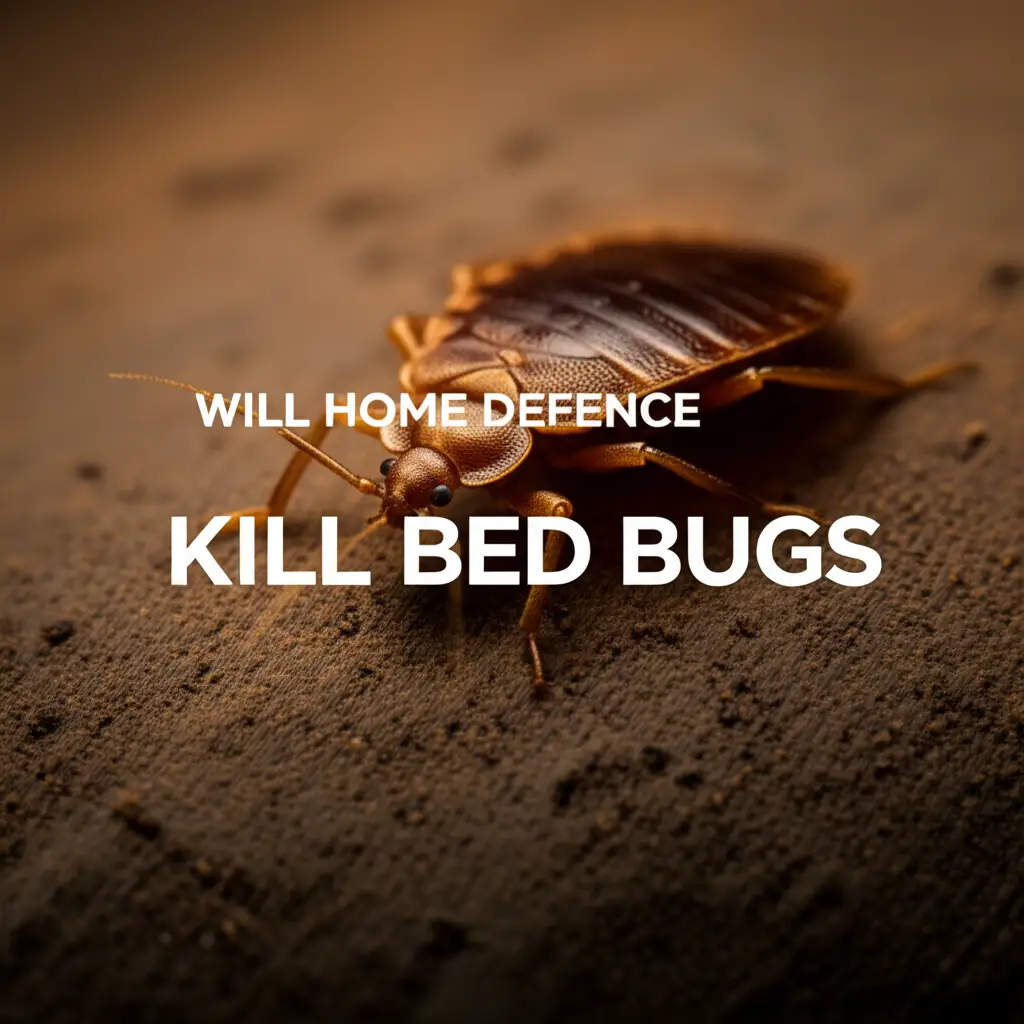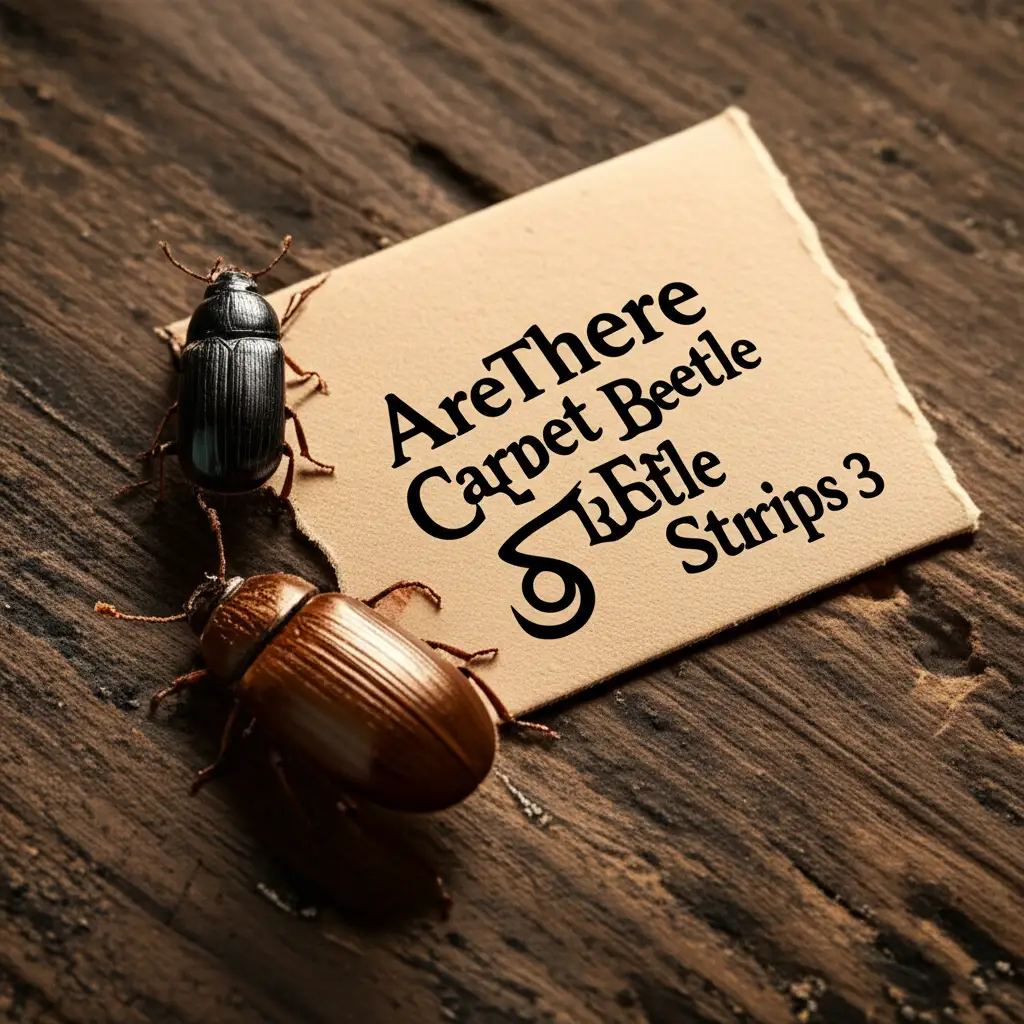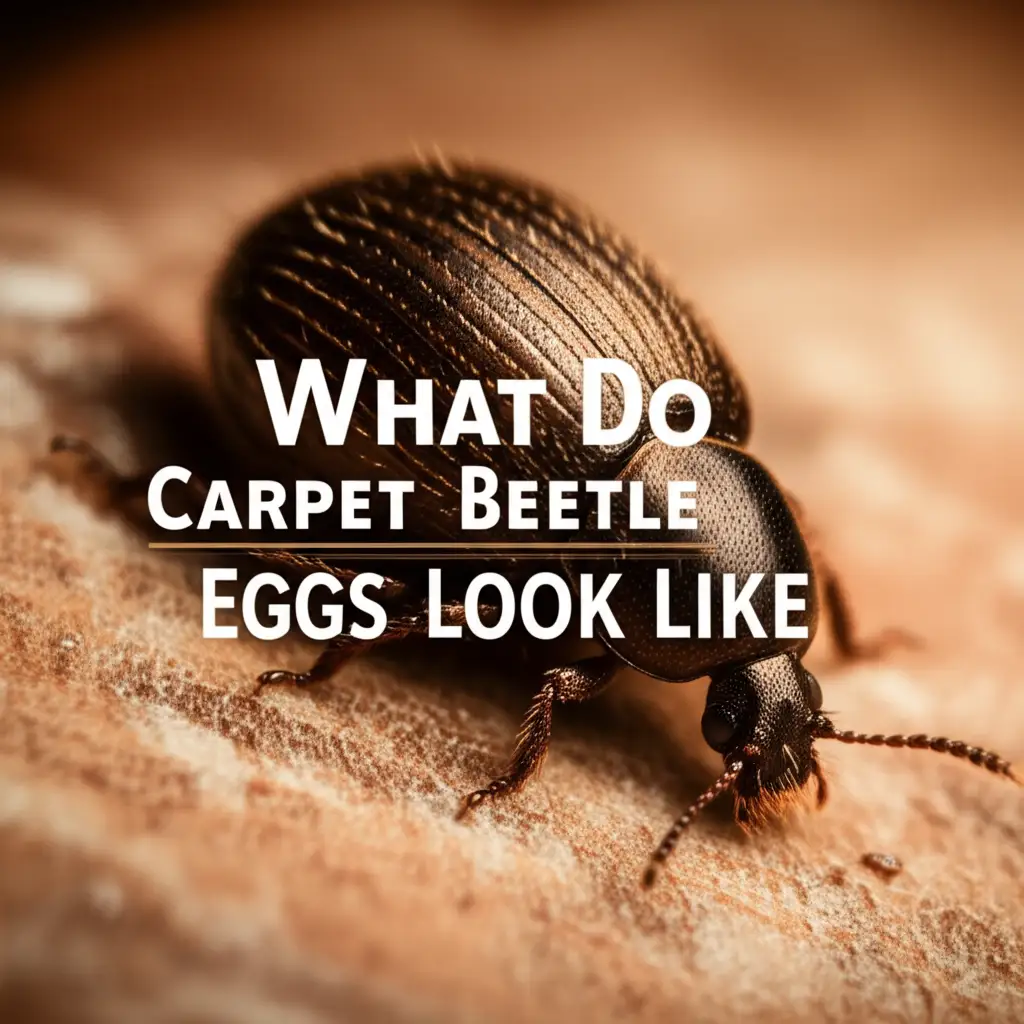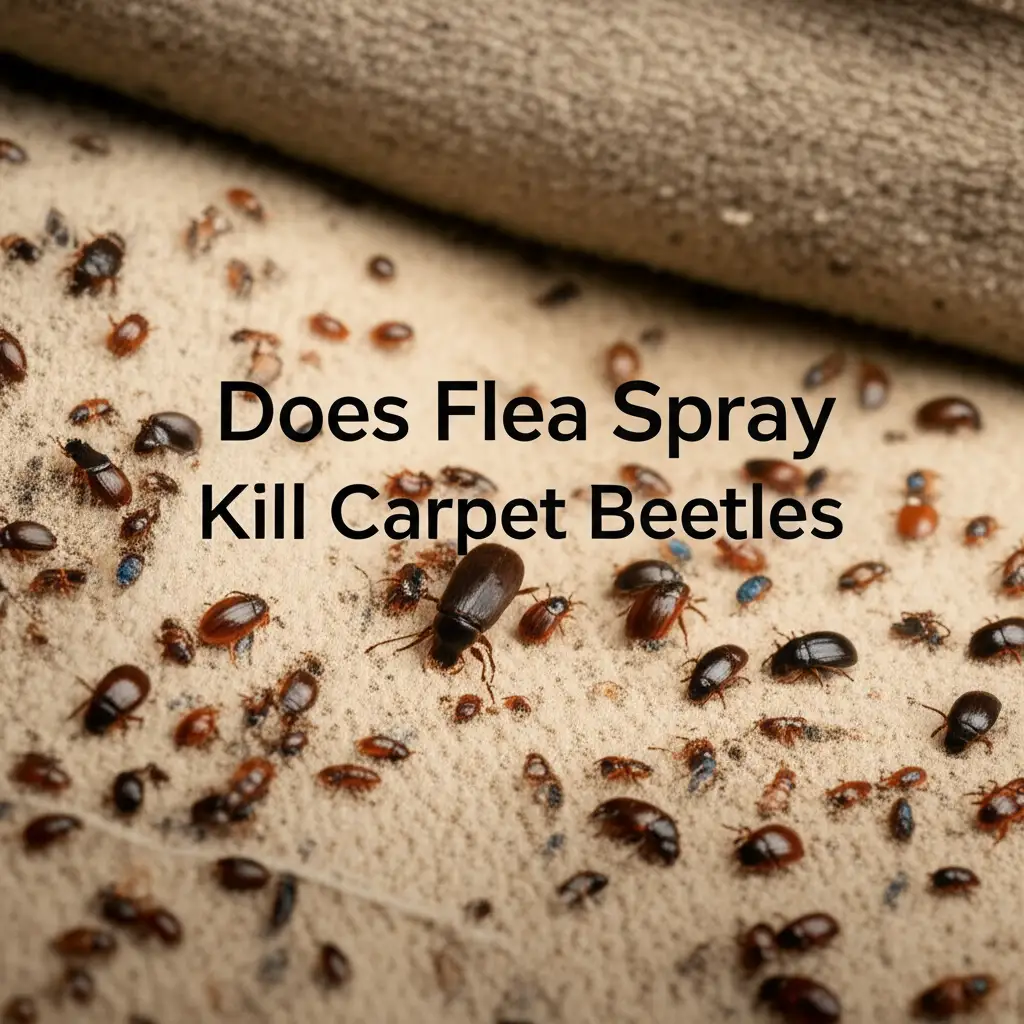· Mason Everett · Home Pest Control, Bed Bug Solutions · 12 min read
Will Home Defence Kill Bed Bugs

Can Home Defence Truly Kill Bed Bugs?
Bed bugs are a nightmare pest. They hide well and multiply fast. Many people discover them after bites appear. Once you suspect an infestation, a common question arises: “Will Home Defence kill bed bugs?” This is a natural thought. Many homeowners reach for readily available products.
Home Defence is a popular household insecticide. It is often seen as a go-to for general pest problems. But bed bugs are not like common ants or spiders. They present a unique challenge. This article explores if Home Defence works for bed bugs. We will discuss its ingredients and proper usage. We will also look at other effective methods. My goal is to help you get rid of these pests.
Takeaway
- Home Defence products may kill some bed bugs on direct contact.
- They are generally not a complete solution for entire bed bug infestations.
- Proper preparation and multiple, targeted treatments are vital for success.
- Combine sprays with other methods like heat, deep cleaning, and physical barriers.
- Professional help is often the most effective solution for severe or persistent bed bug issues.
Home Defence products, like many over-the-counter insecticides, can kill bed bugs they directly contact. However, they are generally not effective at eliminating entire infestations because they lack residual power and cannot reach hidden bugs. A comprehensive approach is necessary.
Understanding Bed Bugs and Their Stubborn Nature
Bed bugs are small, flat insects. They feed on blood, usually at night. An adult bed bug is about the size of an apple seed. These pests are experts at hiding. They can squeeze into tiny cracks and crevices. This makes them difficult to find.
They often live in mattresses, box springs, and bed frames. They also hide in furniture, behind picture frames, and within wall voids. Their ability to hide is a major reason they are hard to kill. Bed bugs reproduce quickly. A female bed bug can lay hundreds of eggs in her lifetime. These eggs are tiny, sticky, and very resistant. Many common sprays do not affect the eggs. This means new bugs can hatch even after you spray. Knowing their habits is key to effective treatment. We need to target all life stages, not just the visible adults.
What is Home Defence and How Does It Work?
Home Defence is a brand of insecticide. It contains active ingredients. These are typically pyrethroids. Pyrethroids are synthetic chemicals. They are designed to mimic natural compounds found in chrysanthemum flowers. These chemicals are neurotoxins. This means they attack the nervous system of insects.
When an insect comes into contact with the spray, its nervous system overloads. This causes paralysis and then death. Home Defence products are often marketed for general household pests. They work well on roaches, ants, and spiders. For these pests, Home Defence often provides good control. However, bed bugs present a different challenge. The way Home Defence works requires direct contact. Many bed bugs hide deep within cracks and fabrics. This makes direct contact difficult. Also, some bed bug populations have developed resistance to these chemicals.
Can Home Defence Kill Bed Bugs on Contact?
Yes, Home Defence can kill bed bugs if you spray them directly. If you spot a bed bug crawling on your wall or bed and apply the spray, it will likely die. This is known as a “contact kill.” The active ingredients affect the bed bug’s nervous system very quickly. You might see the bed bug twitching before it stops moving.
However, a contact kill is not a solution for an entire infestation. An infestation involves many bed bugs. These bugs are in various life stages. Most bugs are also hiding. Spraying the ones you see will not address the ones you do not see. It also does not kill the eggs. Eggs are protected by a hard shell. This shell resists many chemical sprays. So, while Home Defence can kill individual bed bugs on contact, it does not eliminate the problem.
The Limitations of Home Defence for Bed Bug Infestations
Relying solely on Home Defence for a bed bug infestation often leads to disappointment. While it kills on contact, its limitations are significant. These limitations prevent it from being a comprehensive solution. Understanding these points helps you choose better strategies.
Lack of Residual Effect
Many Home Defence products are designed for immediate impact. They do not leave a long-lasting residue that keeps killing insects over time. For bed bugs, a persistent residue is crucial. This is because bed bugs emerge from hiding at different times. New bugs also hatch from eggs. If the spray does not remain active, new bugs will not be affected. They will continue to multiply and spread. This means you only kill a small fraction of the population with each application.
Hidden Bed Bugs and Eggs
Bed bugs are masters of hiding. They live in tiny cracks and crevices. They can be inside walls, under floorboards, or deep within furniture. Sprays applied to surfaces often cannot reach these hidden pests. You might spray the top of a mattress. But bed bugs live inside the mattress seams and tufts. This is also where eggs are laid. Most sprays, including Home Defence, cannot penetrate egg shells. So, even if you kill adult bugs, new ones will hatch soon after. This makes elimination very difficult. Proper preparation is essential to expose these hiding spots. This includes cleaning items like your how to deep clean your mattress. You might also need to clean surfaces thoroughly, like when you how to clean carpet stains pets or know how to clean white upholstery chairs to reach potential hiding spots.
Resistance Issues
Bed bug populations around the world have developed resistance. Many have become resistant to pyrethroids. These are the active ingredients in Home Defence. This means the spray may have little to no effect on certain bed bug strains. They might simply walk through it. This resistance is a major challenge for pest control. Using products that bed bugs are resistant to wastes time and money. It also allows the infestation to grow. Trying a different chemical class is often needed.
Safety Concerns and Overuse
Using too much Home Defence, or applying it incorrectly, can be risky. These chemicals are meant to kill insects. They can also affect humans and pets if not used safely. Inhaling fumes or skin contact can cause irritation. Over-applying can leave harmful residues in your home. Always read and follow the product label instructions carefully. Proper ventilation is very important. Overuse also contributes to resistance. It makes the problem harder to solve later.
Integrated Pest Management (IPM) for Bed Bugs
Integrated Pest Management (IPM) is a smart way to fight pests. It combines multiple strategies. This approach is much more effective than relying on just one method. For bed bugs, IPM involves steps like inspection, sanitation, non-chemical treatments, and targeted chemical use. It focuses on long-term prevention and control.
Preparation and Cleaning
Thorough cleaning is the first critical step. Start by decluttering affected areas. Remove all items from floors and surfaces. Vacuum floors, carpets, and furniture very well. Pay close attention to seams, cracks, and crevices. Immediately dispose of the vacuum bag in a sealed plastic bag outside your home. Wash and dry all bedding, clothing, and other fabric items. Use the hottest water setting for washing. Then, dry on the highest heat setting for at least 30 minutes. High heat kills all bed bug life stages. This includes eggs. Even pet bedding needs attention. You might need to know can I put cat bed in washing machine to properly sanitize it.
Physical Removal and Barriers
Physical methods are key to IPM. Encase your mattresses and box springs with bed bug proof covers. These are special covers that zip completely shut. They trap any bed bugs inside, causing them to die. They also prevent new bugs from hiding in your bed. Use bed bug interceptors under bed legs. These small cups trap bed bugs trying to climb onto or off your bed. Steam cleaning is another powerful tool. A handheld steamer can kill bed bugs and eggs on contact. Use it on mattress seams, furniture, and cracks. The high temperature is very effective.
Targeted Chemical Application (if necessary)
If chemicals are needed, choose professional-grade products. These are specifically formulated for bed bugs. They often contain different active ingredients. This helps overcome resistance. Apply these products directly to known hiding spots. This includes cracks, crevices, and baseboards. Always follow label directions exactly. Using insect growth regulators (IGRs) can also help. IGRs disrupt the bed bug life cycle. They prevent young bugs from maturing or reproducing. This adds another layer of control. Never over-apply chemicals. Safety is paramount.
When to Call a Professional Exterminator for Bed Bugs
DIY solutions have limits. Home remedies and over-the-counter products often fail for bed bug infestations. These pests are very good at hiding. They reproduce quickly. A professional exterminator has specialized knowledge and tools. They understand bed bug biology and behavior. They know where to look. They also have access to stronger, more effective treatments.
You should consider calling a professional if:
- The infestation spreads despite your best efforts. You might find bugs in multiple rooms.
- You continue to get bites even after treatment. This means the bugs are still active.
- You cannot find all the hiding spots. Bed bugs are tiny and skilled hiders.
- You have an allergic reaction to bites. Some people react badly to bed bug bites.
- You want peace of mind. Professionals offer more reliable elimination.
Early professional intervention can save you money and stress. It prevents the infestation from becoming worse. A small problem is easier and cheaper to treat. A professional will use a variety of methods. They might combine chemical treatments with heat treatments. They will also provide follow-up visits. This ensures all bed bugs and eggs are gone. Do not let an infestation get out of control.
Preventing Future Bed Bug Infestations
Preventing bed bugs is always better than treating them. A few simple steps can greatly reduce your risk. Staying vigilant is key. Bed bugs often enter homes through luggage or used items. They can also travel through shared walls in apartments.
Here are some tips to keep your home bed bug-free:
- Inspect Second-Hand Items: Before bringing any used furniture, clothing, or other items into your home, inspect them carefully. Look for signs of bed bugs. Check seams, zippers, and crevices.
- Travel Smart: When you travel, inspect your hotel room. Check the mattress, headboard, and bedside tables. Keep your luggage off the floor and away from the bed. Use hard-shelled suitcases if possible. Wash your clothes in hot water immediately when you return home.
- Regular Cleaning: Vacuum frequently. Pay attention to cracks, baseboards, and furniture. Wash your bedding regularly using hot water and high heat drying. This removes any potential hitchhikers.
- Seal Cracks: Caulk gaps and cracks in walls, floors, and baseboards. This removes potential hiding spots for bed bugs. Repair any loose wallpaper.
- Educate Yourself: Know the signs of bed bugs. Look for rusty or reddish stains on sheets. These are bed bug droppings. Small blood spots can also indicate activity. Early detection makes treatment much easier.
By following these prevention steps, you create a less inviting environment for bed bugs. This proactive approach helps protect your home. It saves you from the stress and cost of a full-blown infestation.
Frequently Asked Questions
Q1: Is Home Defence safe to use around pets and children?
Home Defence products contain chemicals. They require careful use. Always read the label for specific safety instructions. Keep pets and children away during application and until the area is completely dry. Proper ventilation is also important. If your pet shows any symptoms after exposure, contact your veterinarian immediately.
Q2: How quickly can Home Defence kill bed bugs?
Home Defence can kill bed bugs on direct contact, often within minutes to hours. This is a quick contact kill. However, it does not provide long-lasting residual effects. This means it will not kill bugs that emerge later from hiding spots. It also will not affect new bugs hatching from eggs.
Q3: Can Home Defence eliminate bed bug eggs?
No, Home Defence and most over-the-counter insecticides are not effective against bed bug eggs. Eggs have a protective outer shell. This shell makes them resistant to chemical penetration. You need other methods, like heat treatment, steaming, or physical removal, to eliminate bed bug eggs effectively.
Q4: How many times do I need to apply Home Defence for bed bugs?
Using Home Defence multiple times will not solve an infestation alone. It might kill some adult bugs each time you spray. However, it will not address hidden bugs or eggs. Continuous application without a comprehensive plan can lead to chemical resistance and potential safety risks for your family and pets.
Q5: What are alternatives to Home Defence for bed bugs?
Effective alternatives include steam cleaners, mattress encasements, and diatomaceous earth. Professional-grade insecticides with different active ingredients are also available. Heat treatments by professionals are highly effective at killing all life stages. A multi-pronged approach combining these methods is usually best for full eradication.
Conclusion
So, will Home Defence kill bed bugs? The answer is nuanced. Yes, it can kill bed bugs that it directly contacts. But it is not a standalone solution for an entire infestation. Home Defence lacks residual effect. It cannot reach hidden bugs or their resistant eggs. Relying solely on it often leads to frustration and a spreading problem.
To truly get rid of bed bugs, Home Defence alone is not enough. You need an integrated approach. This means thorough cleaning, using physical barriers like mattress encasements, and considering targeted chemical applications. For persistent issues, professional help is the most reliable way. Exterminators have the expertise and tools to eliminate bed bugs effectively. Protect your home and your peace of mind by choosing a comprehensive strategy for these stubborn pests.





